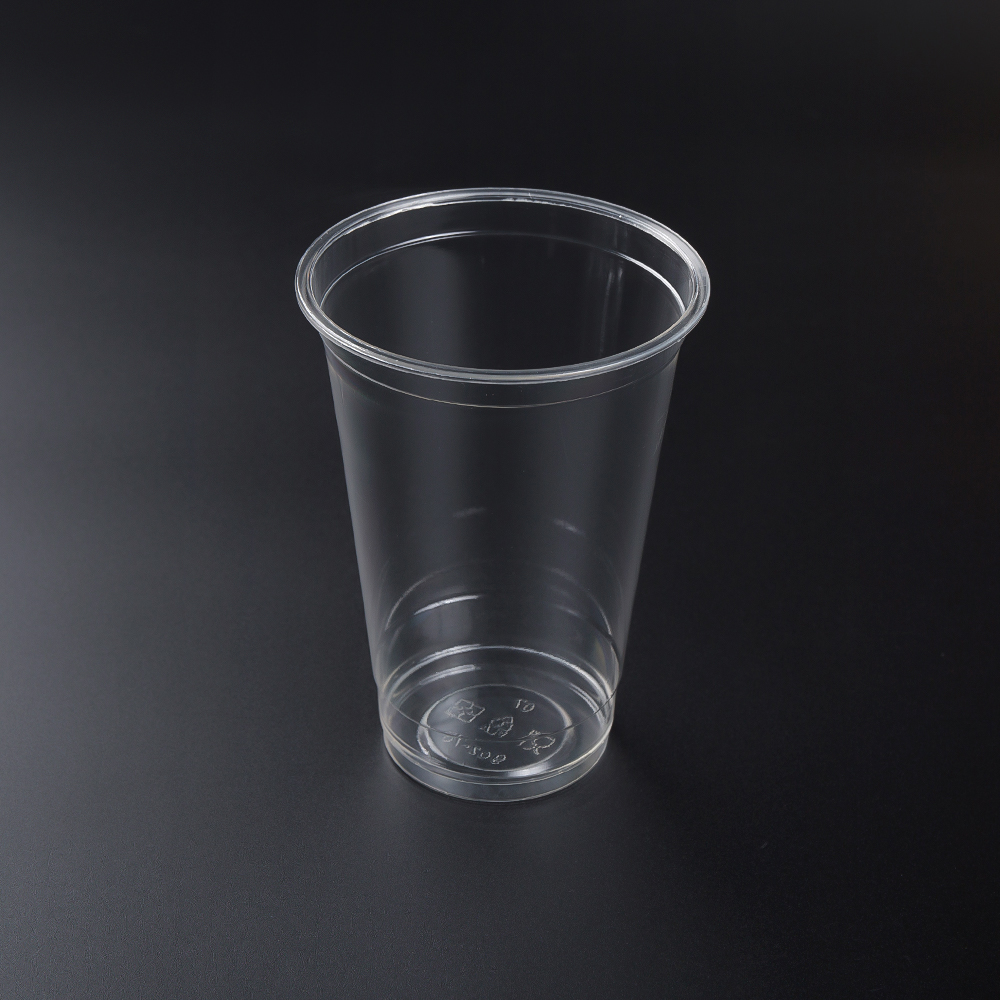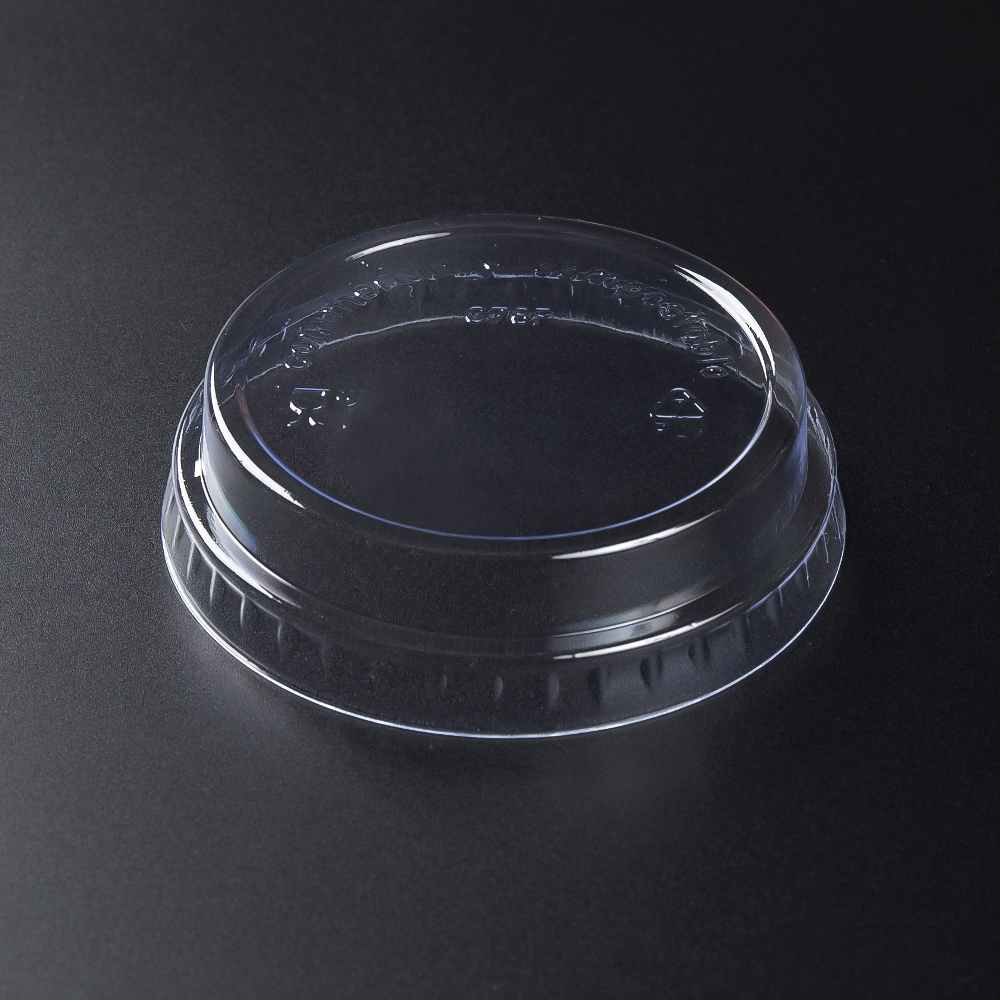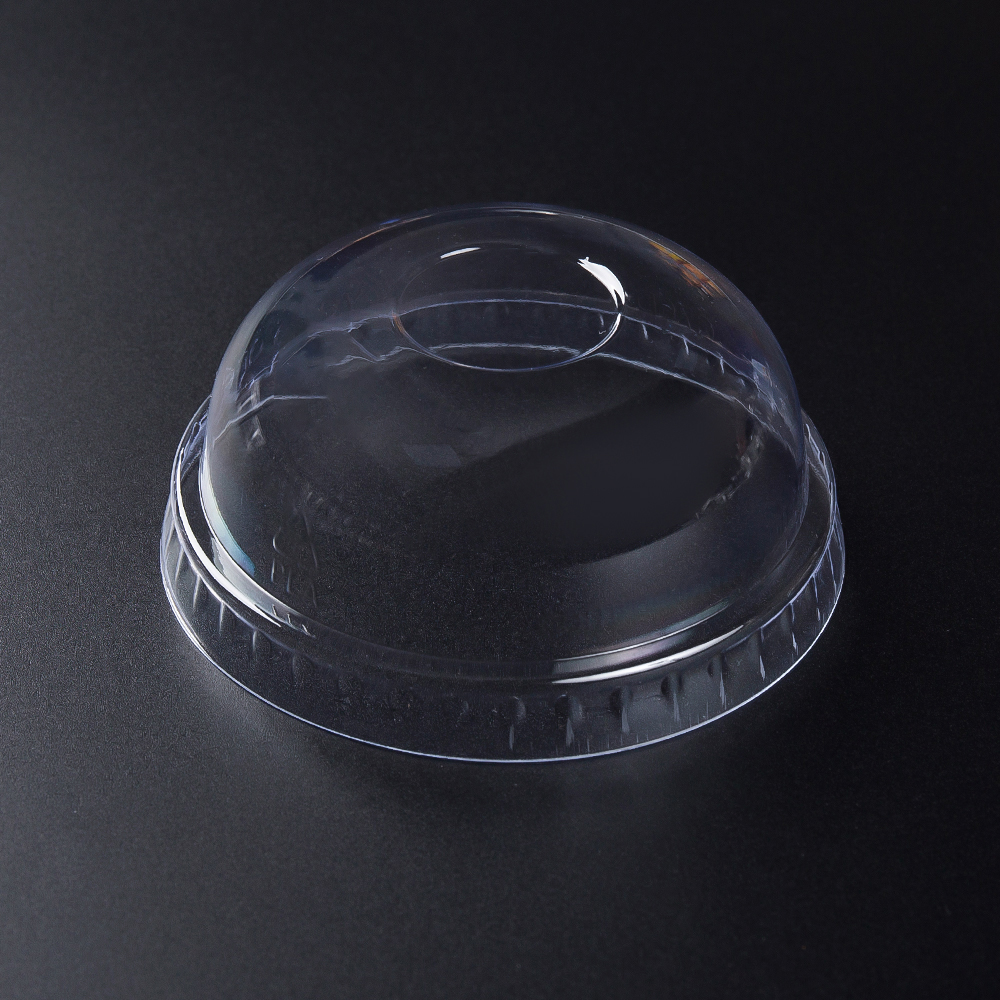As sustainability becomes a stronger consideration in packaging choices, the shift toward plant-based alternatives is steadily growing. One material at the center of this movement is polylactic acid, or PLA. Derived from renewable resources such as corn starch or sugarcane, PLA is finding new applications in the food packaging industry, particularly in the form of PLA compostable salad bowls and compostable clear cups.

The increased use of PLA compostable salad bowls is closely linked to changes in consumer habits. As takeout and delivery services become more prevalent, the need for packaging that aligns with environmental goals has become more urgent. Restaurants and food service providers are actively seeking materials that break down more easily than conventional plastics, without sacrificing functionality. PLA-based bowls are lightweight, sturdy, and can maintain their shape under a range of temperatures, making them suitable for both hot and cold items.
Compostable clear cups are also seeing wider adoption. Often used for cold beverages like juices, smoothies, and iced coffees, these cups offer clarity similar to traditional plastic but are made from PLA. This visual appeal, combined with the ability to compost in industrial facilities, makes them a practical choice for businesses aiming to reduce waste.
One of the advantages of PLA products like PLA compostable salad bowls and compostable clear cups is their ability to meet composting standards under controlled conditions. When disposed of correctly, these items can break down into natural elements within a matter of months. However, proper disposal infrastructure is essential. Municipal composting systems that accept PLA materials are not yet universal, and educating consumers about disposal methods remains a challenge.
In response to this, some packaging suppliers are including clear labeling to distinguish compostable clear cups from similar-looking petroleum-based plastics. The goal is to prevent contamination in recycling streams and guide users toward compost bins where available. Meanwhile, food establishments are starting to include signage and informational prompts to assist customers in making responsible choices.
The production of PLA compostable salad bowls is also evolving to meet new standards in strength and design. Some versions now incorporate multi-layered structures or added fiber content to improve durability. These improvements help extend the functionality of the products without compromising their environmental profile. At the same time, researchers are investigating new feedstocks and production techniques to further reduce the carbon footprint of PLA manufacturing.
While compostable clear cups have gained visibility at events, cafes, and festivals, they are now making their way into everyday retail environments. Grocery chains, deli counters, and corporate cafeterias are exploring more sustainable alternatives to traditional plastic drinkware. As this trend continues, more companies are investing in compostable packaging as part of broader corporate responsibility initiatives.
Despite growing interest, the widespread use of PLA compostable salad bowls and compostable clear cups does come with logistical concerns. Temperature sensitivity, supply chain stability, and access to composting facilities all influence adoption rates. Still, industry participants view these challenges as opportunities for innovation rather than barriers. Solutions may include better distribution models, more accessible drop-off locations, and public-private partnerships to enhance composting infrastructure.

In summary, the packaging industry is undergoing a quiet transformation driven by demand for more sustainable materials. The rise in PLA compostable salad bowls and compostable clear cups reflects a broader commitment to reducing environmental impact through thoughtful design and material selection. As consumer awareness grows and infrastructure improves, PLA-based products are expected to play an increasingly visible role in reshaping the way food is packaged and consumed.





 English
English 中文简体
中文简体

-2.jpg)
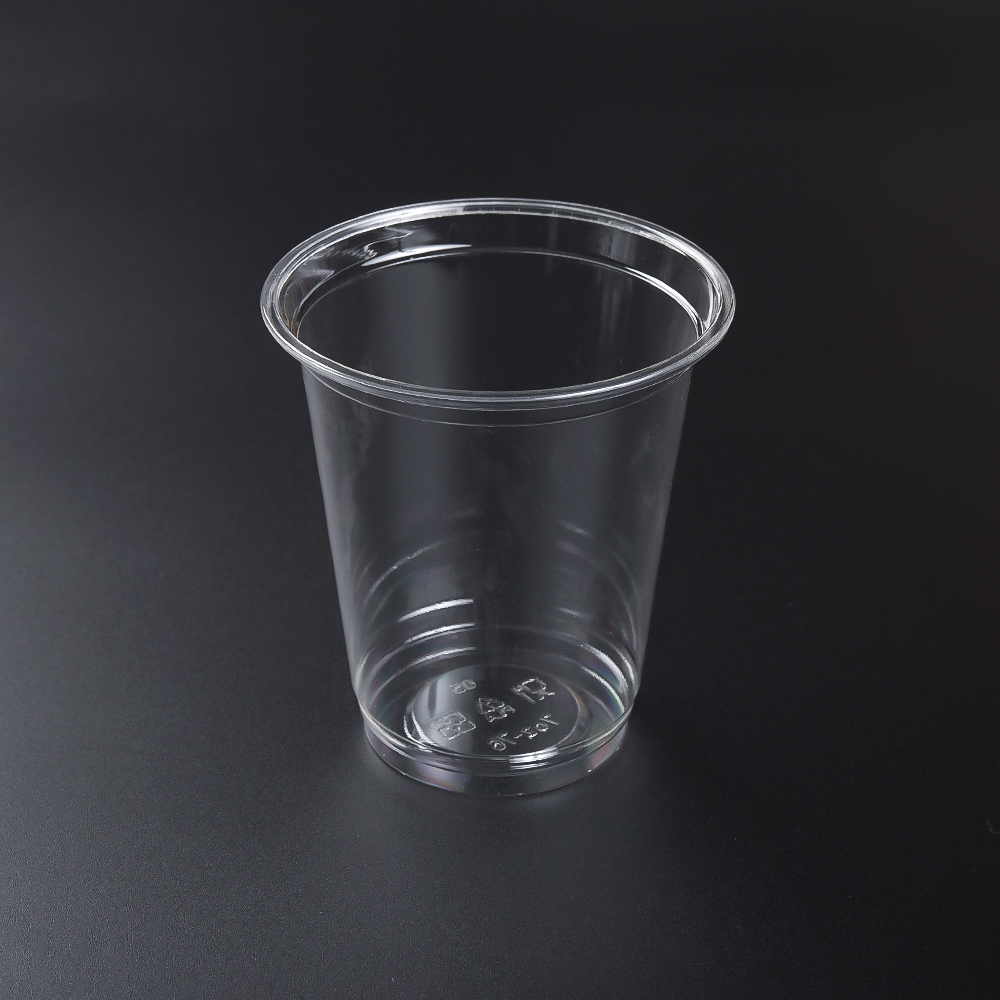
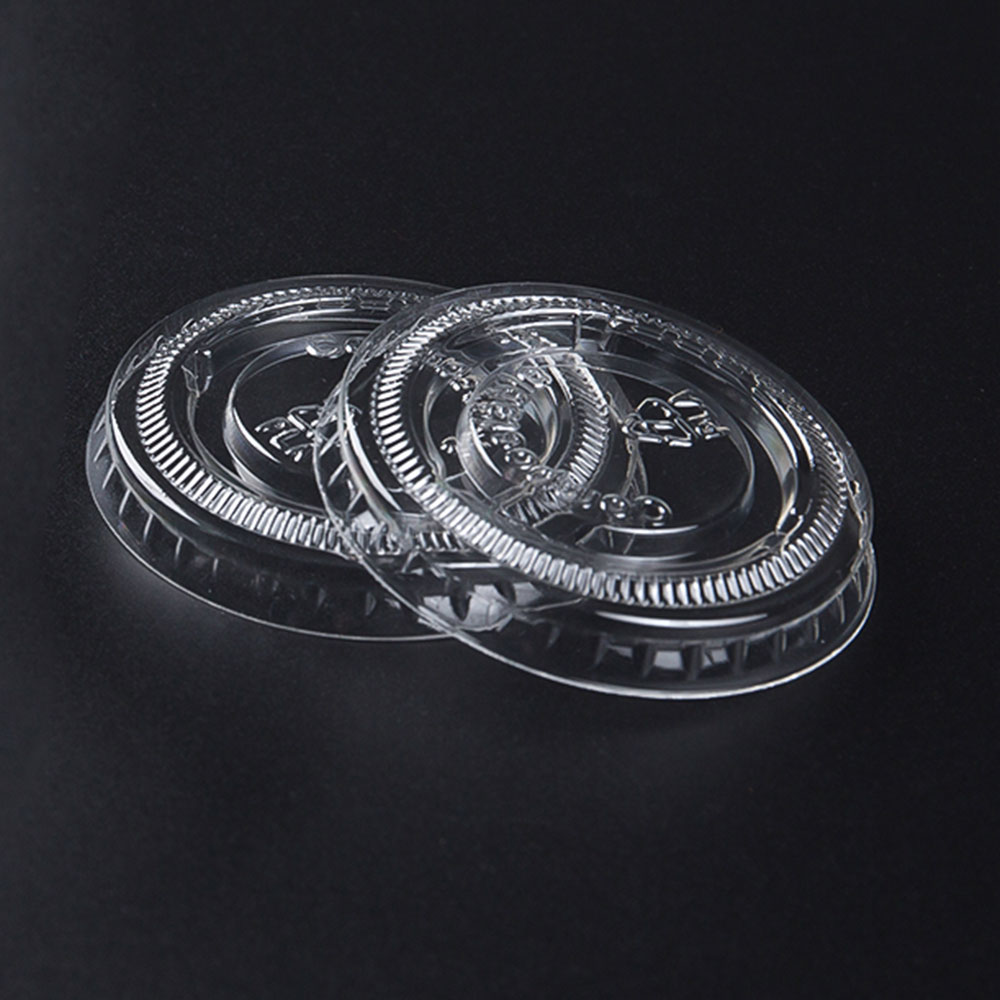
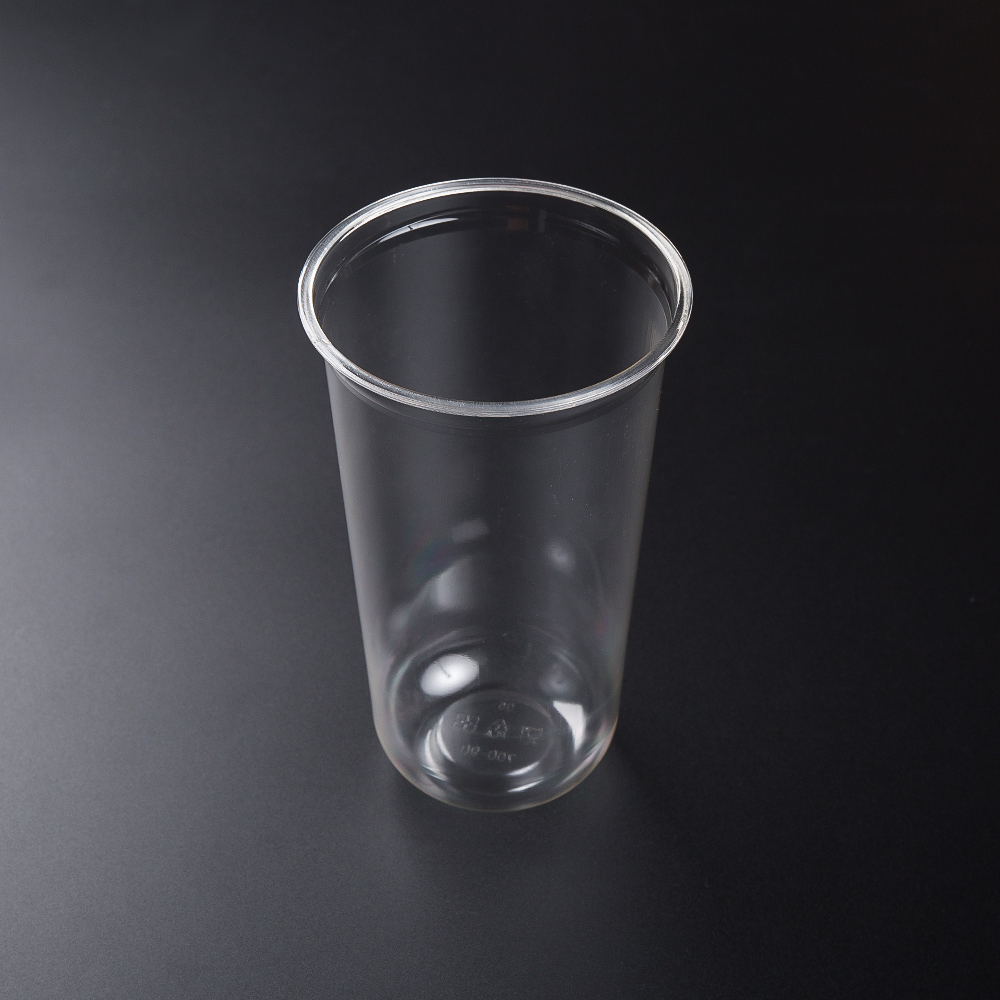
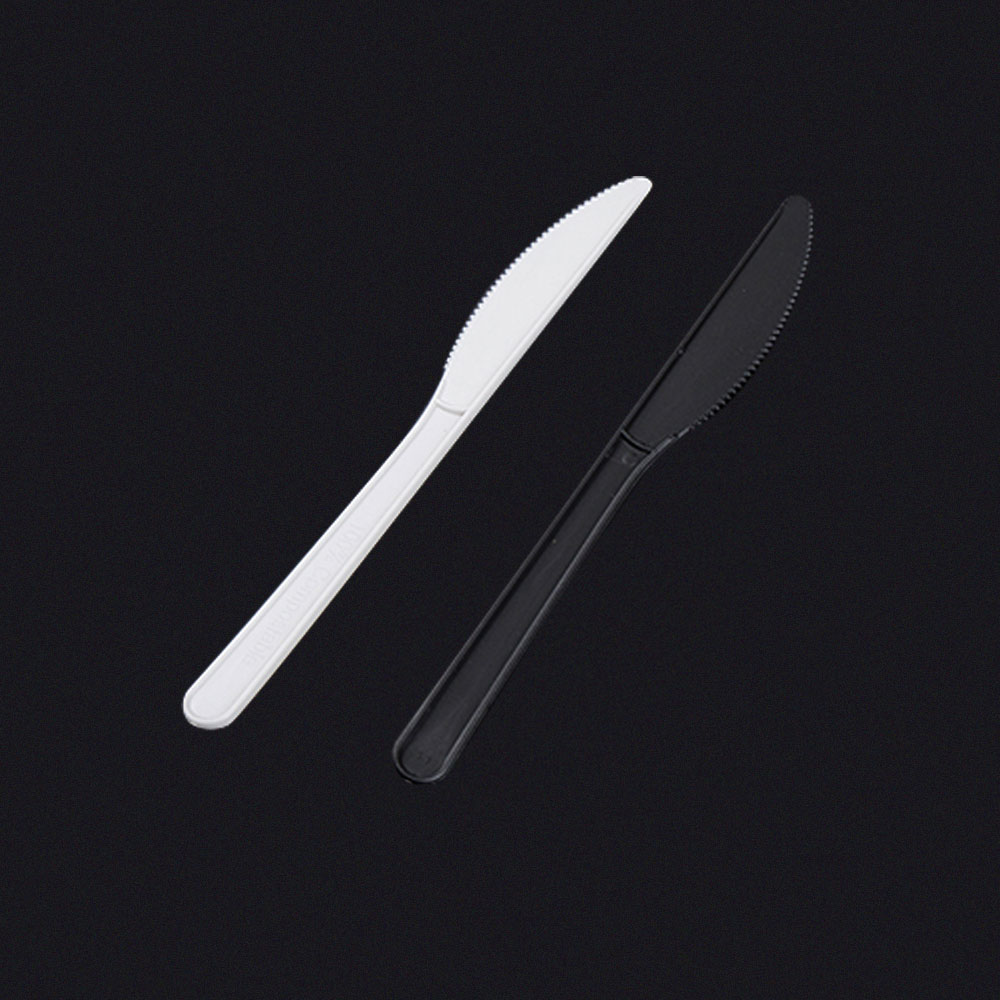
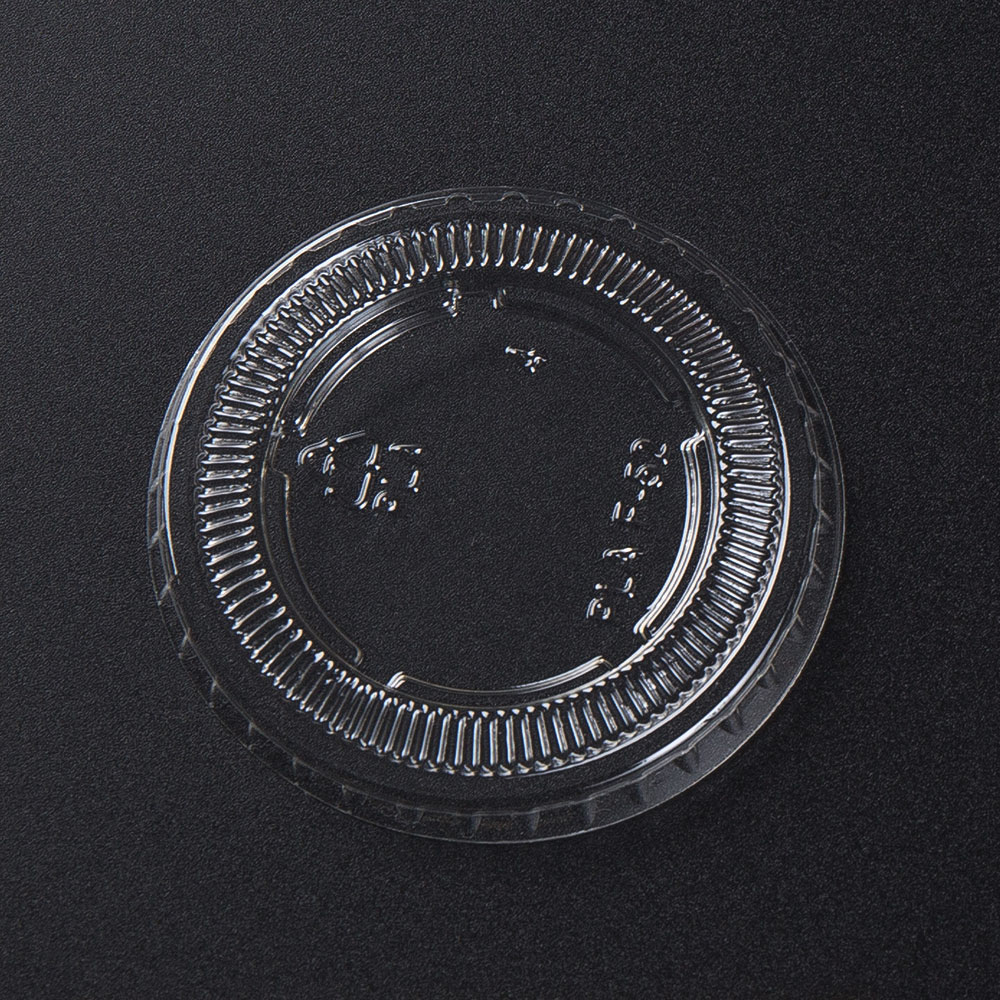

.jpg)
.jpg)
